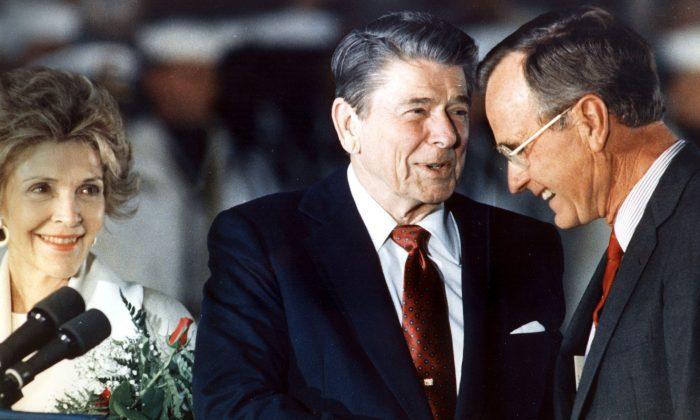The U.S. economy is set to take off.
Scarred by the financial crisis but on their feet again, consumers will lead the economy to growth in the range of 3 percent through the end of 2015.
The Commerce Department reported in the first quarter the gross domestic product decreased at a 2.9 percent annual rate but that the dismal showing was from an unlikely confluence of factors not likely to reoccur.
Consumer spending, which accounts for the lion’s share of domestic demand, grew only 1 percent, which is about half the rate established during the previous three years. A bitterly cold winter was important but so was simple exhaustion from holiday spending.
In the fourth quarter, household spending increased 3.3 percent, and in the first quarter, many consumers rebuilt their savings and curbed use of their credit cards. The cold weather just made that easier.
Consumers are now in a much stronger position than earlier in the economic recovery. Housing values have improved substantially, and most households have managed to significantly deleverage.
For the second and third quarters, consumer spending growth should average more than 3 percent, and average close to that level through the end of 2015.
Business investment dived 11.7 percent in first quarter, which simply can’t be attributed to cold weather.
According to the Federal Reserve, industrial capacity utilization was 79.1 percent in May, still below the average for the last two decades. However, structural changes and advances in technologies and product designs require new investments in physical assets and software to bring existing plants up to date to accommodate more robust consumer spending.
Business outlays will turn around sharply in the second and third quarters. Core durable-goods orders—less the volatile defense and aircraft sectors—look solid, and indicate general business confidence.
New home sales jumped in May, and residential construction, which has disappointed so far this year, will add significantly to growth. For the first time since the financial crisis, housing starts will exceed an annual rate of 1 million units for consecutive quarters.
Auto sales will continue up as households replace vehicles that grew old during the recession and slow recovery, and take advantage of higher fuel economy offered by carmakers. Also, it will be a very good year for pickup trucks. Those sales at Ford, General Motors, and Chrysler closely track residential construction activity.
Government spending on goods and services has been declining, but such spending will recover moderately. Still, among the most significant public sector boosts to domestic spending will come through spending on health care, which mostly get scored as private consumption in the GDP accounts.
The international trade sector continues to drag the economy: It subtracted 1.5 percentage points from GDP in the first quarter.
As consumer spending increases, so do imports of manufacturers from China and Japan, and oil to fuel more driving. Sadly, but for those problems, the economy could match the 4.7 percent growth rate accomplished during the Reagan recovery, instead of slogging along as it has at 2 percent during the Obama expansion.
The reluctance of the Obama administration and Congress to challenge China and Japan’s explicit strategies of undervaluing the yuan and yen to gain artificial competitive advantages is a serious drain on U.S. manufacturing, job creation, and growth.
The same applies to restrictions on offshore drilling. U.S. oil imports, net of exports, still exceed 5 million barrels a day. Most of that could be eliminated by developing those resources.
Changes in U.S. trade and energy policy to eliminate the drag of the trade deficit on growth could easily boost growth to the levels achieved during the Reagan years.
Peter Morici, professor at the Robert H. Smith School of Business at the University of Maryland, is a recognized expert on economic policy and international economics. Previously he served as director of the Office of Economics at the U.S. International Trade Commission. Follow @pmorici1





Friends Read Free